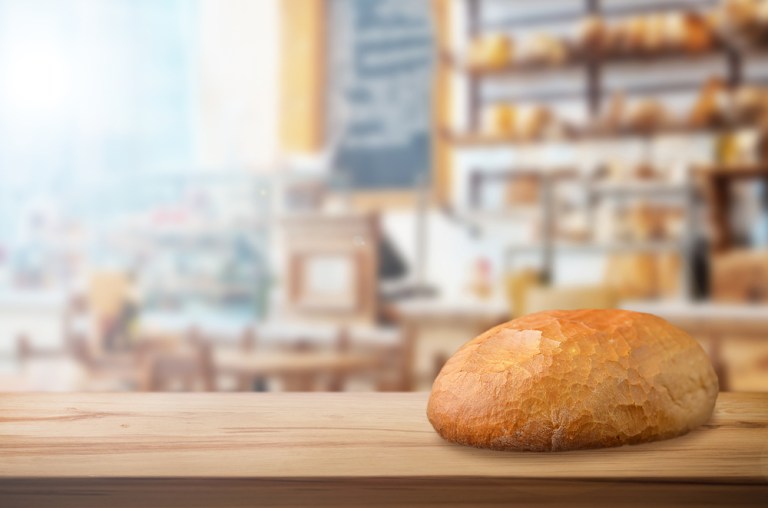No More Mosh Pit: Panera Slashes In-Store Wait Times

It’s not “fast casual” if customers have to wait in line for eight minutes just to order. And when 10 percent of orders come out wrong, it’s not exactly a recipe for success.
Panera proved that popularity isn’t always a win for restaurants. But now it’s also proving that high demand can be handled efficiently. It has cut in-store wait times from eight minutes to one, largely through its introduction of digital ordering. Online ordering now makes up more than 25 percent of orders at the chain’s company-owned stores.
But the solution was not simply to introduce or update the mobile ordering process. The fast-casual chain needed a holistic solution that addressed all points of the system and considered how changes to one piece could affect the others.
Panera’s CEO Ron Shaich and President Blaine Hurst spent hundreds of hours observing bottlenecks at a Massachusetts Panera location to pinpoint the source of the issue. They found that there was no single source, but rather a series of little things that needed adjustment to make the machine run smoothly.
Trials at the Boston-area restaurant showed how each adjustment would affect the rest of the assembly line. For instance, online ordering reduced wait time at the counter but made life harder in the kitchen. Digital orders opened the door for more customization – and more mistakes.
In the end, Panera struck a good balance and rolled out ordering kiosks and simplified kitchen display systems to stores across the chain. After a whole lot of trial and error and three years of flat earnings, the fast-casual chain finally saw same-store sales increase by 2.6 percent in the most-recent quarter.
Maybe Starbucks can take a leaf out of Panera’s book next: with mobile orders creating bottlenecks for walk-in customers (and often driving them to walk right back out), the coffee giant is going to need a solution to keep customers coming back.
Starbucks is reportedly testing pick-up shelves and order-up texts, among other solutions, to address the problem.